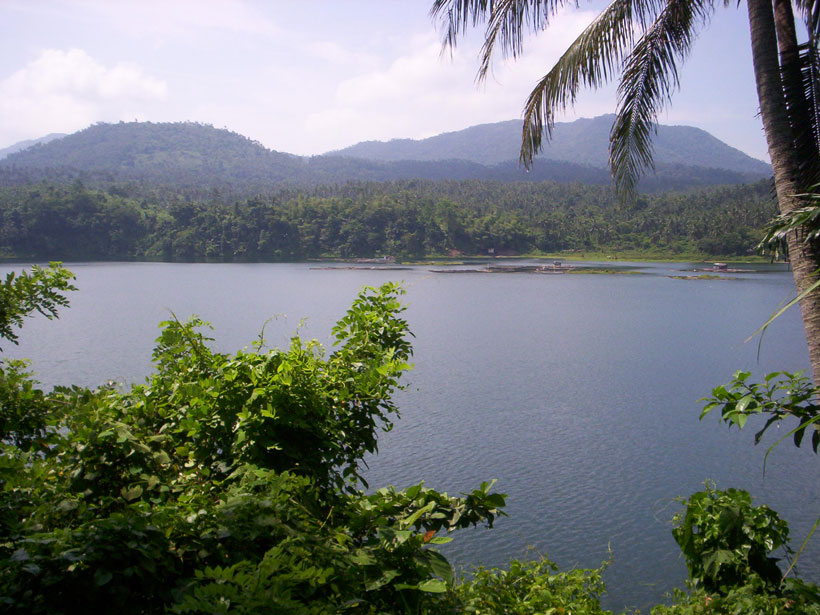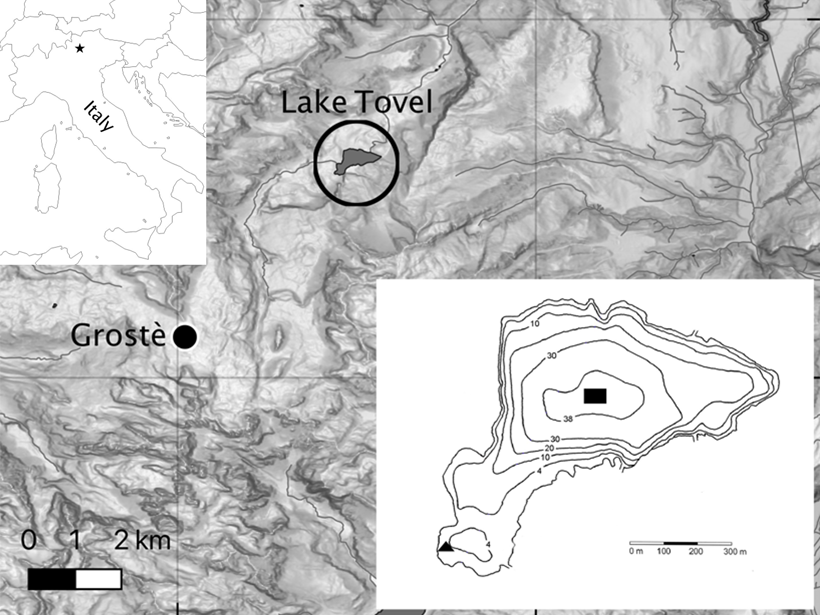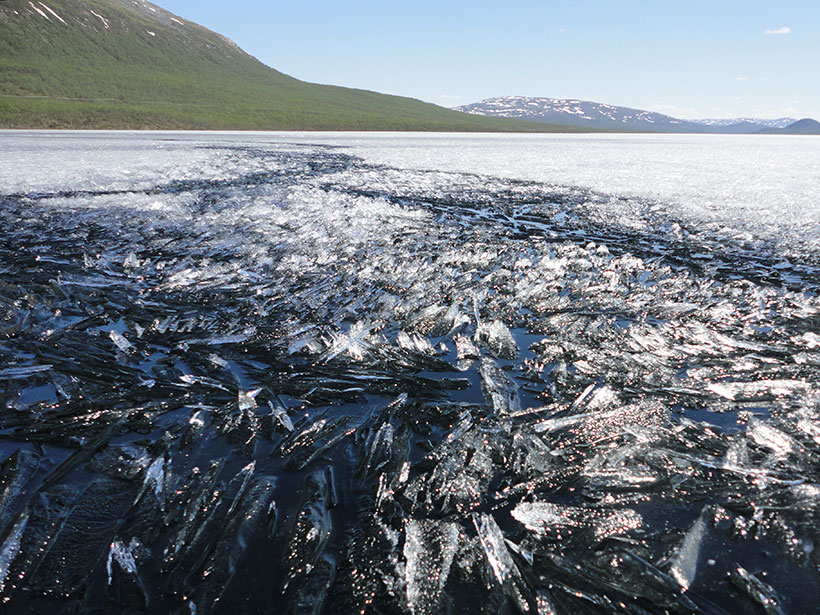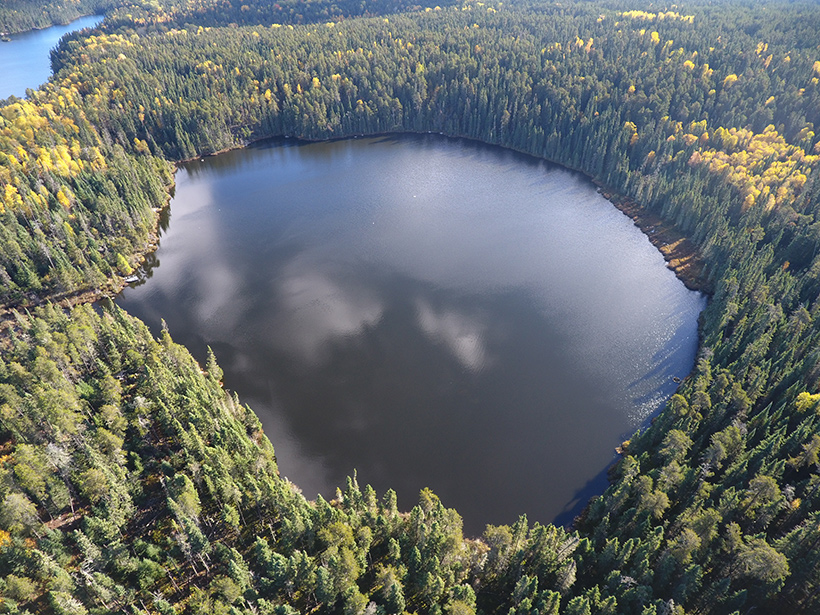A new study found that the Jehol Biota had chilly temperatures and high altitudes when feathered dinosaurs roamed the slopes.
lakes
Tibetan Plateau Lakes as Heat Flux Hot Spots
Freshwater lakes on the highest plateau in the world act like lenses that accumulate heat from the intense solar radiation, accelerating ice cover melt and affecting land-atmosphere fluxes.
Forecasters Navigate a Highway to Success Around Lake Victoria
An early-warning system establishes international networks to help communities manage severe weather on Africa’s largest lake.
Tropical Lakes May Emit More Methane
Fresh waters are one of the primary sources of natural methane emissions, but methane dynamics in tropical lakes are not as well understood as those in more temperate regions.
Ancient, Acidic Lakes May Have Harbored Life
A new analysis of South African sediments hints that acidic lakes may have leached minerals necessary for biotic life.
Climate Warming Improves Oxygen Mixing in a High-Altitude Lake
Long term weather and lake data from a high elevation lake in the Alps demonstrate that climate warming may actually improve the ability of high-altitude deep lakes to mix their waters.
Lake Ice—and Ecosystems—in a Warming World
Extending ice records and standardizing sampling protocols are among recommendations to help researchers better predict how changing ice cover will affect aquatic ecosystems.
The Lasting Legacy of Phosphorus Buried in Lakes
Research at an experimental lake suggests that phosphorus inputs from runoff may affect the health of aquatic ecosystems long after external additions of the nutrient are reduced.
Traduciendo Modelos Climáticos al Lenguaje de Datos Paleoclimáticos
Un nuevo modelo permitirá a los modelos climáticos interpretar mejor las reconstrucciones paleoclimáticas derivadas de sedimentos de lagos y podrá mejorar las predicciones de las condiciones climáticas futuras.
Heavy Rains, Human Activity, and Rising Waters at Lake Victoria
Water levels in Africa’s largest lake have risen over a meter since last fall and continue to increase as land use changes and heavy rains enhance the flow.










